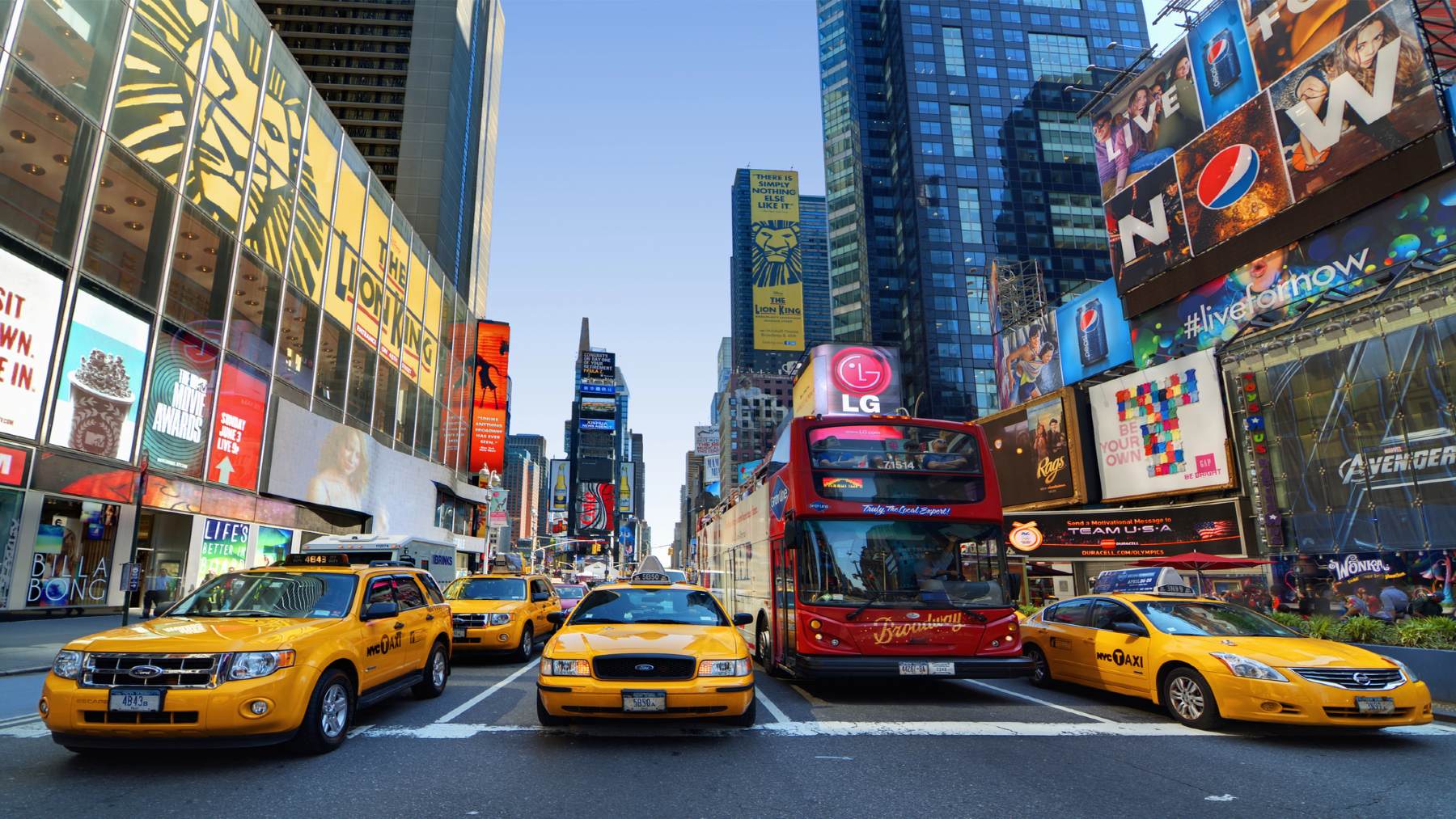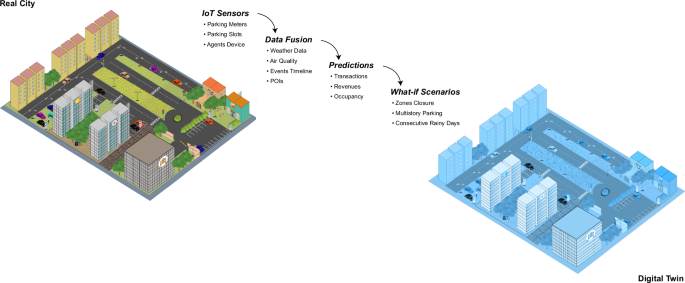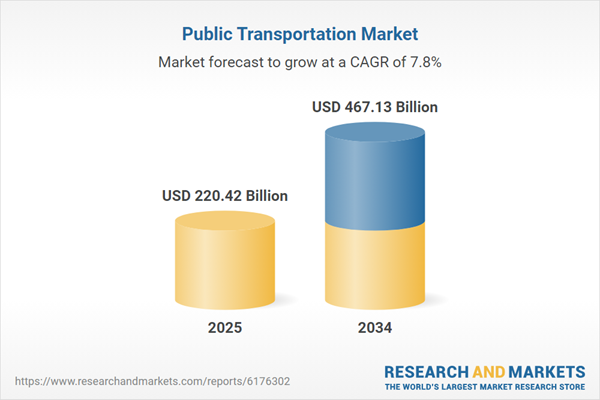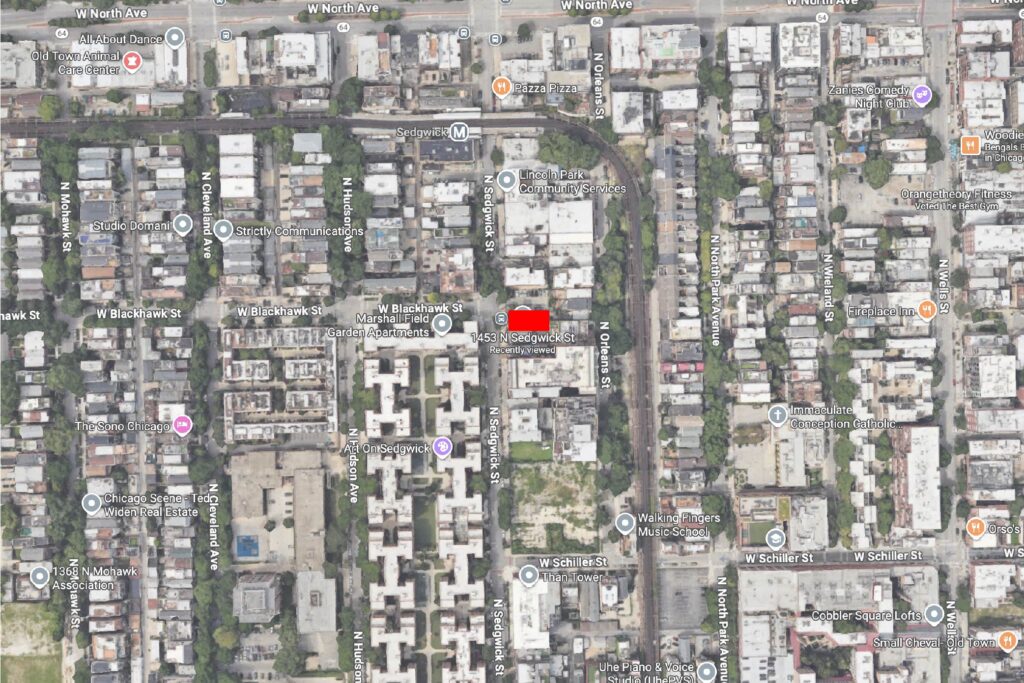Report on Pharmaceutical Contamination in Polish Waterways and Implications for Sustainable Development Goals
Inadequacy of Current Sanitation Systems: A Challenge to SDG 6
A recent study by the Institute of Environmental Protection – National Research Institute (IOS-PIB) highlights a significant challenge to achieving Sustainable Development Goal 6 (Clean Water and Sanitation) in Poland. Research indicates that conventional wastewater treatment facilities are failing to remove pharmaceutical residues from domestic, hospital, and veterinary sources, leading to the contamination of national waterways.
- The findings directly contravene the objectives of SDG Target 6.3, which aims to improve water quality by reducing pollution and eliminating the release of hazardous chemicals.
- An estimated 25,800 tons of pharmaceuticals sold annually in Poland contribute to a substantial pollution load, which ultimately enters surface waters often used for drinking water intakes.
- The study examined 30 wastewater treatment plants, revealing systemic failures in removing common active pharmaceutical ingredients (APIs).
Key Findings on Water Quality and Treatment Efficacy
- Persistent contaminants such as ibuprofen, diclofenac, ketoprofen, carbamazepine, and fluoxetine were detected in treated wastewater.
- Paradoxically, concentrations of certain compounds, including fluoxetine and carbamazepine, were found to be higher in post-treatment effluent than in raw sewage.
- Treatment plants serving over 200,000 residents are estimated to discharge approximately 40 kilograms of APIs into rivers each year.
- The highest emissions were attributed to ketoprofen, sulfamethoxazole, carbamazepine, and fluoxetine.
Ecological Risks and the Endangerment of SDG 14
The discharge of untreated pharmaceutical compounds poses a direct threat to aquatic ecosystems, undermining efforts related to SDG 14 (Life Below Water). The biological activity and persistence of these drugs risk long-term damage to aquatic life through accumulation in the food chain.
- An ecological risk assessment identified fluoxetine and loratadine as posing the greatest threat to aquatic organisms.
- Specific species, including algae, daphnia, and fish, were identified as being particularly vulnerable.
- Ibuprofen and sulfamethoxazole were also found to cause adverse effects on certain aquatic species, further jeopardizing biodiversity.
Implications for SDG 3, SDG 11, and SDG 12
The issue extends beyond water quality, impacting several interconnected Sustainable Development Goals.
- SDG 3 (Good Health and Well-being): The contamination of potential drinking water sources with active pharmaceuticals presents a long-term public health risk.
- SDG 11 (Sustainable Cities and Communities): The pollution originates from urban and community settings, highlighting a critical gap in sustainable waste management infrastructure.
- SDG 12 (Responsible Consumption and Production): The findings call for improved lifecycle management of pharmaceuticals, from production and consumption to disposal, as a key preventive measure.
Recommendations for Achieving Sustainable Development Targets
The researchers stress that achieving SDG targets requires a multi-faceted approach that addresses both treatment technology and source management.
- Invest in and implement modern, advanced wastewater treatment technologies capable of removing persistent pharmaceutical compounds.
- Develop and enforce improved pharmaceutical management and disposal protocols within healthcare, agriculture, and households to promote responsible consumption patterns (SDG 12).
- Continue systematic monitoring of raw and treated wastewater and sewage sludge to evaluate and optimize the efficiency of pharmaceutical removal.
Analysis of Sustainable Development Goals in the Article
-
Which SDGs are addressed or connected to the issues highlighted in the article?
The article on pharmaceutical pollution in Poland’s waterways connects to several Sustainable Development Goals (SDGs) due to its focus on water quality, environmental health, and human well-being.
- SDG 3: Good Health and Well-being: The article touches upon this goal by highlighting the potential risk to human health through the contamination of drinking water sources. The text states, “The presence of pharmaceuticals in water is particularly significant for drinking water quality,” directly linking water pollution to public health concerns.
- SDG 6: Clean Water and Sanitation: This is the most central SDG addressed. The entire article revolves around the pollution of water bodies with pharmaceutical residues and the failure of “conventional treatment plants” to effectively remove them, which directly impacts the quality of fresh water.
- SDG 12: Responsible Consumption and Production: This goal is relevant through its focus on the environmentally sound management of chemicals and wastes. The article discusses the large volume of drugs sold (“approximately 25,800 tons” annually in Poland) and how they “ultimately end up in surface waters,” pointing to a need for better management of pharmaceutical products throughout their lifecycle.
- SDG 14: Life Below Water: The article explicitly details the negative impact of pharmaceutical pollution on aquatic ecosystems. The “ecological risk assessment identified fluoxetine and loratadine as posing the greatest threat to aquatic life, particularly algae, daphnia, and fish,” which is a core concern of SDG 14.
-
What specific targets under those SDGs can be identified based on the article’s content?
Based on the issues discussed, several specific SDG targets can be identified:
- Target 6.3: By 2030, improve water quality by reducing pollution, eliminating dumping and minimizing release of hazardous chemicals and materials, halving the proportion of untreated wastewater and substantially increasing recycling and safe reuse globally. The article directly addresses this target by focusing on the release of hazardous chemicals (pharmaceuticals) from wastewater treatment plants and the need for “modern wastewater treatment technologies” to improve water quality.
- Target 3.9: By 2030, substantially reduce the number of deaths and illnesses from hazardous chemicals and air, water and soil pollution and contamination. The concern that pharmaceutical residues “could threaten aquatic organisms and potentially affect drinking water sources” aligns with this target’s aim to mitigate health risks from water pollution.
- Target 12.4: By 2020, achieve the environmentally sound management of chemicals and all wastes throughout their life cycle… and significantly reduce their release to air, water and soil in order to minimize their adverse impacts on human health and the environment. The article’s call for “preventive measures at the source, such as better pharmaceutical management in healthcare and agriculture” is a direct reflection of this target.
- Target 14.1: By 2025, prevent and significantly reduce marine pollution of all kinds, in particular from land-based activities, including… nutrient pollution. Although the study focuses on rivers, this is a primary land-based activity that leads to marine pollution. The finding that drugs “adversely affect certain aquatic species” and “accumulate in the food chain” is precisely the type of pollution this target aims to reduce.
-
Are there any indicators mentioned or implied in the article that can be used to measure progress towards the identified targets?
The article provides several quantitative and qualitative indicators that can be used to measure progress:
- Indicator for Target 6.3: The article provides direct metrics for water quality. These include the concentration levels of specific drugs (ibuprofen, diclofenac, ketoprofen, etc.) in both raw and treated wastewater. Another key indicator is the removal efficiency of treatment plants for different compounds. The article also quantifies the pollution load, stating that large plants “discharge about 40 kilograms of active pharmaceutical ingredients into rivers annually.”
- Indicator for Target 3.9 & 12.4: An implied indicator is the presence and concentration of hazardous pharmaceuticals in drinking water intakes. The article mentions that “drinking water intakes are often located” where drug residues end up, suggesting that monitoring these specific locations for contaminants like fluoxetine and carbamazepine would be a relevant measure of risk to human health.
- Indicator for Target 14.1: The article’s “ecological risk assessment” serves as an indicator. The identification of specific drugs (fluoxetine and loratadine) as high-risk to aquatic life (algae, daphnia, fish) provides a baseline for measuring the environmental impact. Monitoring the health and population of these specific species in affected waters would be a way to track the effects of pollution.
-
Create a table with three columns titled ‘SDGs, Targets and Indicators” to present the findings from analyzing the article.
SDGs Targets Indicators SDG 6: Clean Water and Sanitation Target 6.3: Improve water quality by reducing pollution and minimizing the release of hazardous chemicals. - Concentration of specific pharmaceuticals (ibuprofen, diclofenac, etc.) in treated wastewater.
- Annual discharge of active pharmaceutical ingredients from treatment plants (e.g., 40 kg/year).
- Removal efficiency of wastewater treatment technologies for specific compounds.
SDG 14: Life Below Water Target 14.1: Prevent and significantly reduce marine pollution from land-based activities. - Ecological risk assessment results for specific drugs (e.g., fluoxetine, loratadine).
- Observed adverse effects on specific aquatic species (algae, daphnia, fish).
- Accumulation of pharmaceuticals in the aquatic food chain.
SDG 3: Good Health and Well-being Target 3.9: Substantially reduce illnesses from water pollution and contamination. - Presence and concentration of pharmaceutical residues in drinking water sources/intakes.
SDG 12: Responsible Consumption and Production Target 12.4: Achieve environmentally sound management of chemicals and wastes to reduce their release to water. - Total volume of annual drug sales ending up in waterways (e.g., 25,800 tons sold in Poland).
- Implementation of improved pharmaceutical management practices in healthcare and agriculture.
Source: ampoleagle.com






